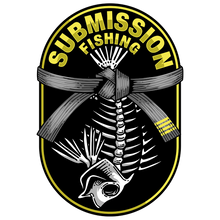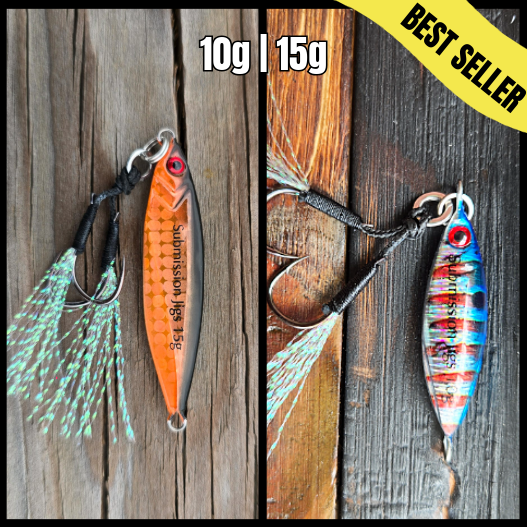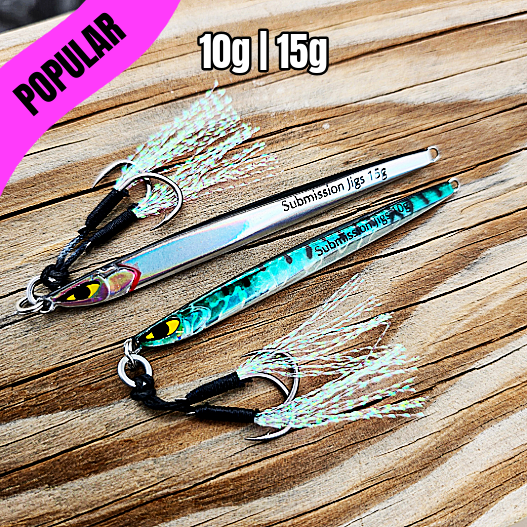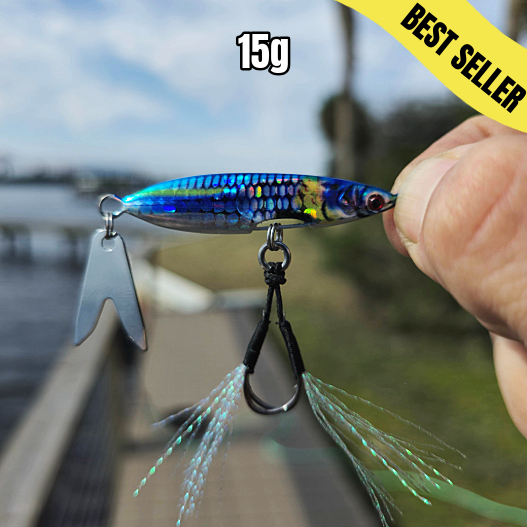How to Turn Slow Fishing Days Into Big Wins | Slow Pitch Jigging Tips 2025
How to Turn Slow Fishing Days Into Big Wins (Slow Pitch Jigging Tips That Work)
We’ve all been there — the boat’s quiet, the cooler’s empty, and your patience is wearing thin. Doesn’t matter how many casts you’ve made or how expensive your setup is… some days, the fish just aren’t biting.
Here’s the hard truth I had to learn the old-fashioned way:
If you want different results, you’ve got to fish differently.
Sounds simple, right? But most anglers — and yeah, I used to do this too — keep throwing the same old bait, in the same old spot, at the same old rhythm, hoping the bite magically turns on. Sometimes it does. Usually? Not so much.
That’s where slow pitch jigging shines — because you’re not waiting on the fish to get hungry. You’re creating the bite.
The Rule for Slow Days: Change Something
When the bite’s slow, doubling down on what should be working is the fastest way to burn daylight without catching anything. The solution? Show the fish something different. Even the smallest change can spark a reaction strike.
Here’s how to make that happen:
1. Change Your Jig Size
-
Go smaller if the fish seem sluggish — a 10g Micro Sumo or Mercenary slows the fall, giving predators more time to commit.
-
Go heavier if you need to cut through current or hit deeper structure — the 40g Mercenary or 100g Ogre gets you down fast.
Example: In Newport Harbor, 15g Mercenaries were ignored until we switched to 20g Sumos — suddenly, the spotted bay bass were all over them.
2. Switch Colors for the Conditions
Fish respond differently to contrast and visibility depending on water and light:
-
Bright sun/clear water → Silvers like Stellar Shad or Bream Dream
-
Low light/murky water → High-contrast colors like Orange Pumpkin or Chartreuse Glow
-
All-around backup → Rainbow Roll — works in almost any condition
Example: Adrian calls Rainbow Roll his “bench player that always scores” — it’s his go-to when nothing else is producing, especially around deeper rockpiles.
3. Change Your Cadence
With slow pitch jigging, you control the action.
-
Try lift-drop-lift with slack on the fall.
-
Add pauses mid-drop.
-
Speed it up if fish are chasing bait; slow down if they seem cautious.
Example: On a calm summer morning in Mission Bay, I got follows but no strikes until I added a 3-second pause mid-drop. Minutes later, I hooked a PB spottie.
4. Move Your Location
Sometimes, the difference between nothing and steady action is only 50 feet.
-
Work along structure.
-
Change drift lines in open water.
-
Adjust casting angles from shore.
Example: In Jacksonville, Muto shifted just down the dock and hooked a flounder within minutes — after hours of nothing.
Slow Pitch Jigging = More Control, More Fish
Unlike waiting on live bait or drifting plastics, slow pitch jigging lets you stay in the strike zone longer, create lifelike flutter on the fall, and adapt instantly when the bite slows down. Our Submission Jigs — from 10g micros to 600g heavyweights — are designed by real anglers to solve the “I never catch anything” problem in both freshwater and saltwater.
Want More Tips Like This?
Sign up for our email list and get:
- 🎁 15% off your first order
- 🚀 Early access to new product drops
- 🎥 How-to videos with Mike Muto





